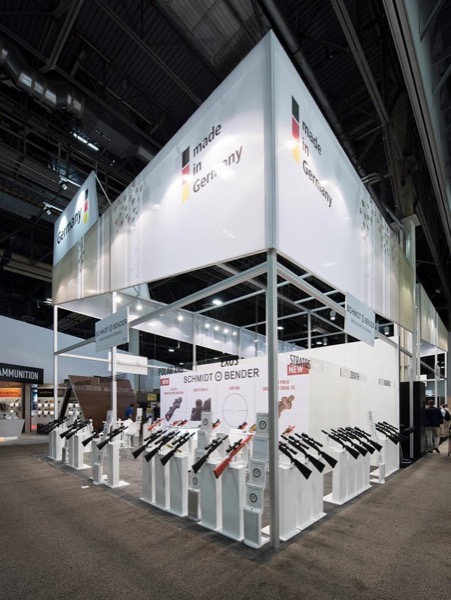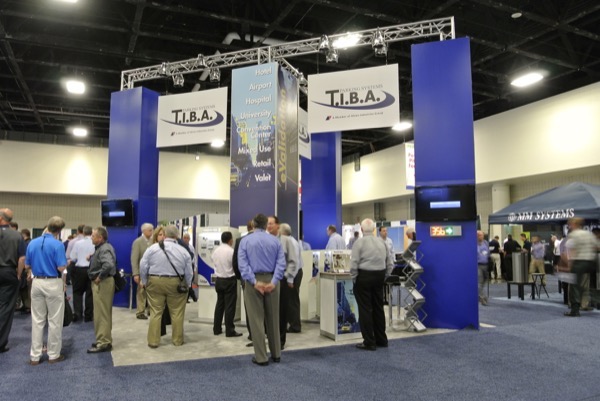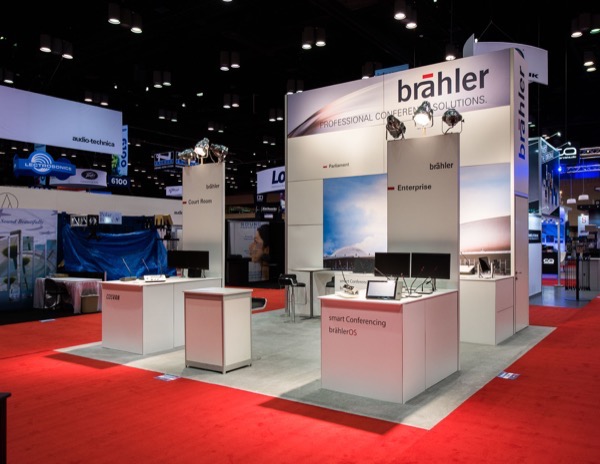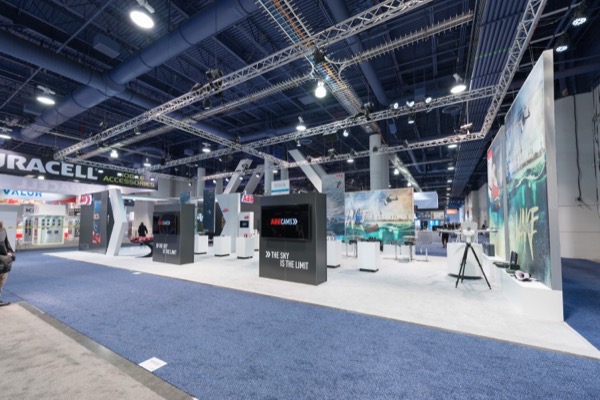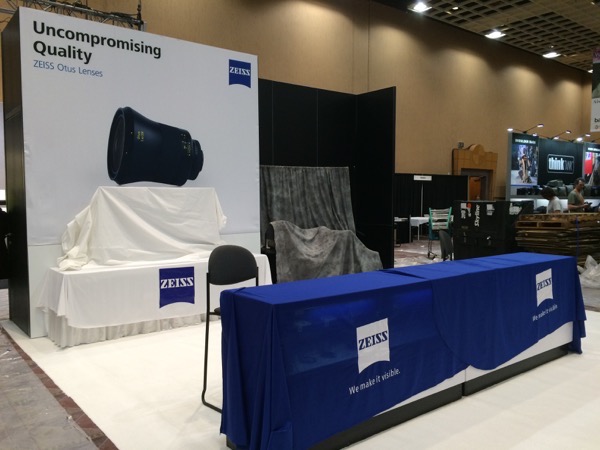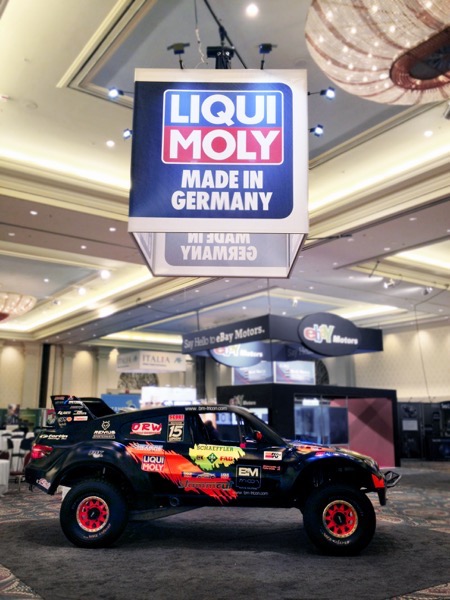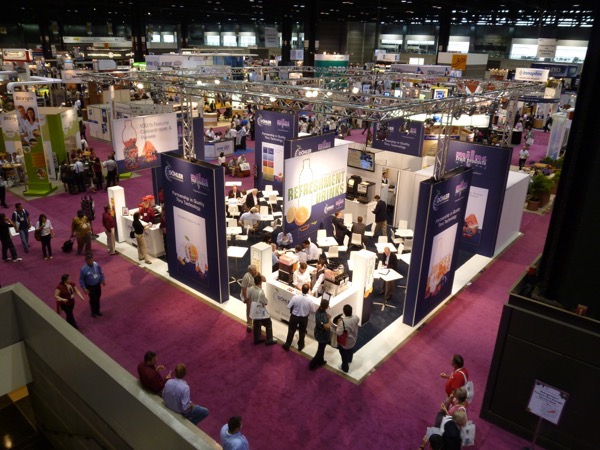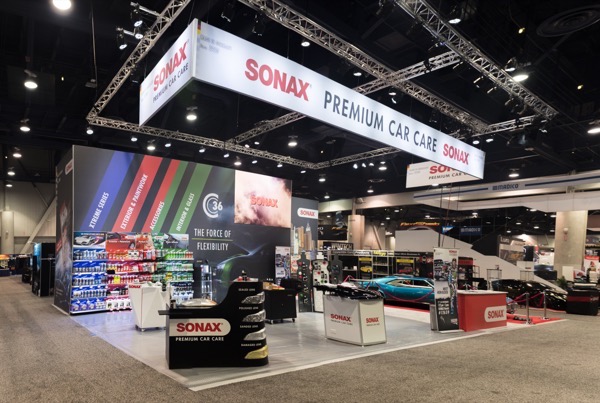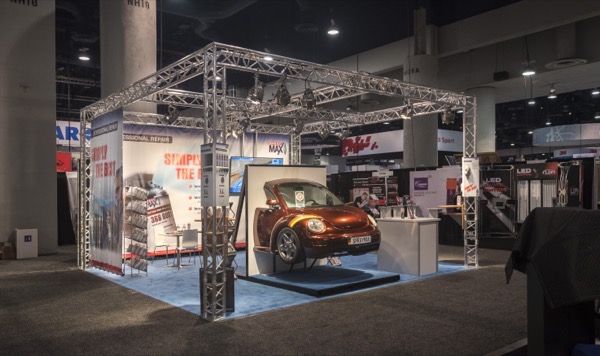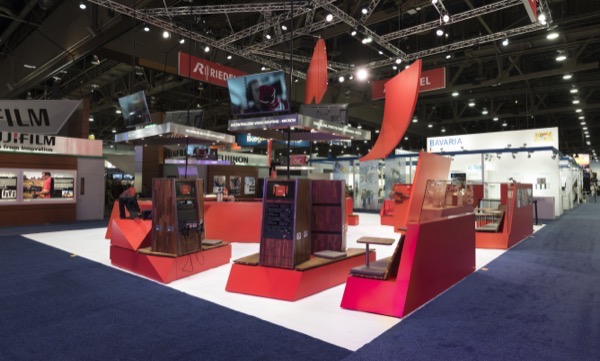“Trade shows” and “conventions” in the USA have a different origin and development from those in Europe. While trade fairs in Germany in particular have evolved from (medieval) markets over a long period of change, it was the conferences of trade associations that formed the basis in North America . Thus, small, accompanying exhibitions developed into important trade fairs whose development is far from complete.
The range of trade fairs is enormous – according to various sources, between 5,000 and 13,000 trade fairs, exhibitions and congresses with accompanying presentations are held annually in the USA. The net exhibition space, in some cases, is extremely small – sometimes under 5000 sqft. But for certain specialist topics, a small event can already be sufficient for market entry. As a result, exhibitors must be aware of the fact that small to medium-size trade fairs in the USA often address an important target group and thus bring the corresponding success.
In some sectors there is also a division between east and west coast. And there are other events that change locations every year in order to reach new target groups.
But there is nothing more constant than change itself. This applies especially to trade fairs in the USA. Trade shows, which in the past were considered pure pipe & drape* events, can grow into important and large industry gatherings in just a few years – others may lose their importance or disappear completely from the trade fair market.
The growth of certain trade fairs in the USA is mostly due to an increased international interest and thus a high number of foreign participants – who want to achieve a considerable image growth with their participation – and can also achieve this through optimal implementation.
When planning a trade fair booth in the USA, it is important to take into account a number of peculiarities beforehand and to consider them in the budget.

